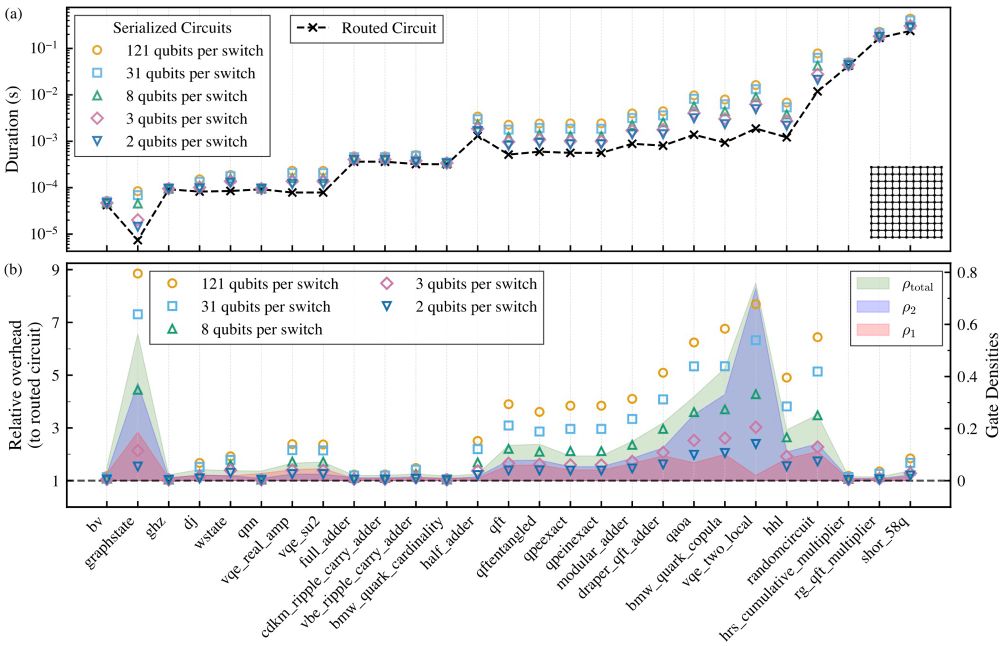(7/7)

(7/7)
(6/7)


(6/7)
(5/7)

(5/7)
(4/7)
(4/7)
(3/7)
(3/7)
(2/7)
(2/7)
(6/6)

(6/6)
(5/6)

(5/6)
(4/6)

(4/6)
(3/6)
(3/6)
coupled to a waveguide at multiple spatially separated points, can implement two-qubit iSWAP (www.nature.com/articles/s41...) and CZ gates (arxiv.org/abs/2503.04537) by making different transitions resonant.
(2/6)

coupled to a waveguide at multiple spatially separated points, can implement two-qubit iSWAP (www.nature.com/articles/s41...) and CZ gates (arxiv.org/abs/2503.04537) by making different transitions resonant.
(2/6)
(5/5)
(5/5)
(4/5)

(4/5)
(3/5)

(3/5)
(2/5)

(2/5)
arxiv.org/abs/2507.09715

arxiv.org/abs/2507.09715



